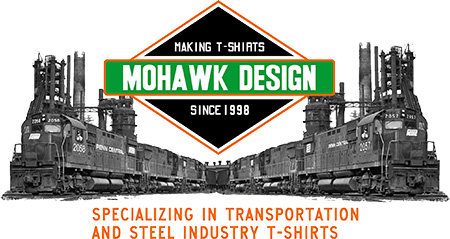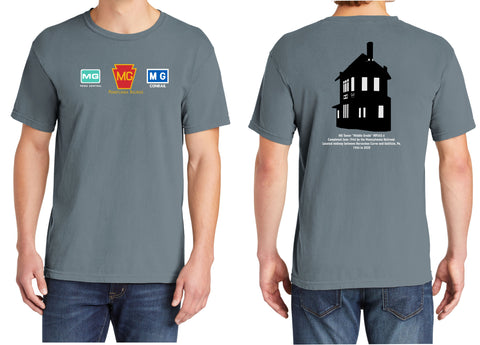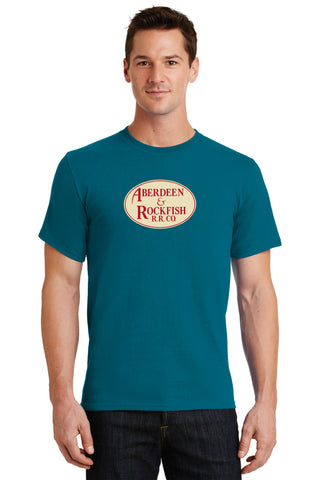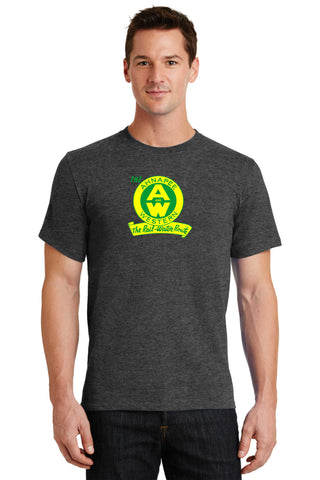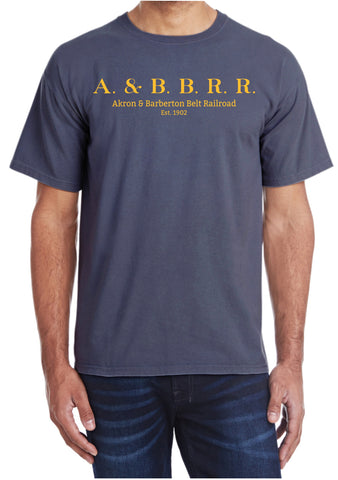
Southern Pacific Diesel Hydraulic x-DRG Design Shirt
Southern Pacific FP7's Shirt
- Printed on Front
- 100% Cotton
- Shirt Color - Grey
In 1959, General Motors’ Electro-Motive Division (EMD) rebuilt nine of its GP9 locomotives for the Union Pacific Railroad with pre-production examples of a new turbo-supercharging system that would raise the locomotives’ horsepower to 2000. This soon evolved into the GP20.
The Southern Pacific Railroad (who served much of the same territory as UP, a rival) took this into account, as business for SP was growing rapidly. Freight trains were getting longer and heavier, and SP had to use up to nearly 10 locomotives to power long-distance freight trains. SP's main workhorses at the time were EMD F7s and GP9s. Although SP had a small fleet of 2,400 horsepower (1,800 kW) H-24-66 "Train Master" locomotives manufactured by Fairbanks-Morse, SP found that they were found not suitable for freight service and were relegated to the San Francisco Bay Area's Peninsula Commutes.
After much research, SP decided to experiment with diesel-hydraulic locomotives and stunned the railroading industry by purchasing three 3,540 horsepower (2,640 kW) ML-4000 type locomotives from German manufacturer Krauss-Maffei. Delivered by ship and unloaded at the Port of Houston, Texas on October 31, 1961, they featured two Maybach V16 1,770 horsepower (1,320 kW) diesel engines and Voith transmissions. The Denver and Rio Grande Western Railroad also ordered three units, but found them unsuitable in mountain service, and they were sold to the SP in early 1964. Upon arrival, a special track was set up at the locomotive shops in Roseville, California just for servicing the ML-4000s.
The first order of the ML-4000s are referred to as “cab units,” given that they have a fully enclosed car body, similar to that of the EMD F-unit. Following extensive testing SP returned to Krauss-Maffei for an additional fifteen units. Delivered in 1964, they featured the same engines and transmissions but looked very different on the outside. These are referred to as “hood units” because of their hood type bodies.
SP found the ML-4000s unsatisfactory in service over the Sierra Nevada mountain range, so they were relegated to service in flat territory throughout California, often paired with F7s or GP9s. The locomotives were fairly reliable, with only one recorded failure. Upon ordering the second batch of ML-4000s, SP also purchased three DH643 diesel-hydraulic locomotives from Alco
